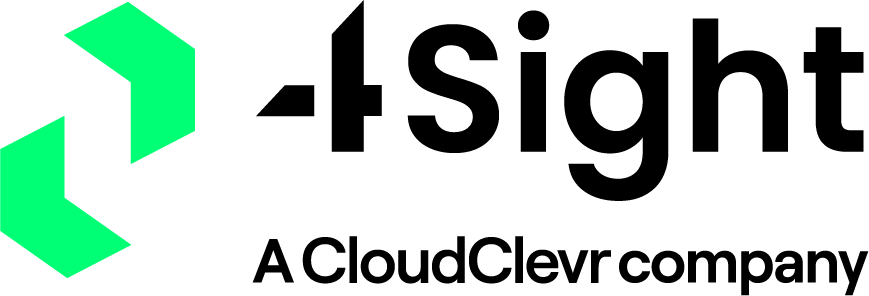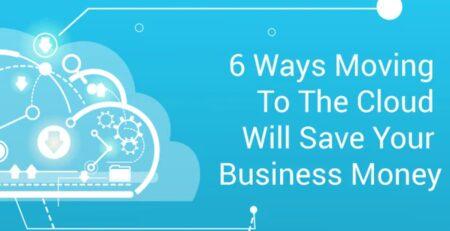How to Attract and Keep the Best People? Aim for the Cloud Solutions

To say the pandemic, lockdowns and work-from-home requirements upset the balance of most people’s lives is an understatement. But they unbalanced businesses just as much. Employers had to scramble to set people up to work at home. They needed equipment, training and support. In-person meetings switched over to video conferencing, which for many was new technology. First-time users of video collaboration apps jumped 26.2% in the first six months of 2020, according to an IDC survey.
Even before COVID-19, people’s expectations for their work routines were changing. The pandemic just accelerated the shift in mindset. Today, employees increasingly expect employers to offer flexible work options. They want to be able to work from wherever they are, or want to be, and have the tools to work efficiently and effectively enough to achieve a good work-life balance.
That’s changed the playing field for employers. These new expectations aren’t going anywhere, and companies wanting to get – and keep – the best employees need to meet them. So, in the modern workplace, employers must think about having flexible solutions to meet flexible expectations.
That’s where the cloud comes in. The SMB Group’s 2021 digital transformation survey revealed one of the top ten reasons businesses move to the cloud was to attract and retain qualified employees. What today’s employees expect, the cloud can provide. And a move to the cloud brings benefits for employers, too.
The Cloud Solutions Are Good For Both Employees And Employers
Enabling employee flexibility doesn’t have to simply be the cost of doing business. The cloud solutions that enable flexibility for employees can provide beneficial agility for employers and save them money, to boot.
The hybrid-work model is a good example. When the pandemic hit, anyone who could work from home suddenly found themselves there. For some, it was a great fit. For others, not so much. Either way, many offices will simply never again have all their employees on premises all the time.
Switching to a permanent hybrid-work model can provide benefits for employers and employees alike if done the right way. The key is to ensure communications and collaboration solutions are fully integrated. When people can switch seamlessly between voice, text and video conversations on any device, they can work in a more natural and intuitive way. And they can be more engaged and efficient.
The cloud enables this seamless integration of collaboration tools that can improve work processes, while also providing several additional benefits for employers:
- More manageable and predictable costs, which go with an operational expenditure (OPEX) funding model for cloud services
- Improvements in employee efficiency, driven by the ability to work seamlessly and securely wherever they are — whether in the office, at home or on the road
- Flexible, more personalized customer interactions, are made possible by providing customers with a choice of which medium they use to contact the company
- Lower costs for hardware and software maintenance
- Reduced service downtime
- Accelerated delivery of new services and applications
Employees Expect Up-To-Date, Easy-To-Use Technology
The uninterrupted access to the latest technology updates and upgrades that are available with cloud-based communications solutions also benefits employees and employers.
Until recently, having the latest communications and networking technologies for employees was a nice thing to have — something that could set a company apart from the competition. These days, not having the latest technologies also sets a company apart, though not in a good way.
In a recent survey by Harvard Business Review, a full 82% of employees said that their happiness on the job was “significantly impacted” by how well their workplace technology performs. Employees expect not just technically adequate technology to do their jobs, but easy-to-use, up-to-date hardware and software. And happy employees tend to be creative, enthusiastic and hardworking. It’s no surprise then that as many as 87% of executives believe having a happier work environment is a competitive edge.
The cloud makes this easy. Relying on cloud-based solutions, rather than in-house technology, lets businesses stay up to date with the latest technology without having to shell out for updates and applications they don’t need. Access to best-in-class tools not only enhances how employees connect and collaborate, but it also enables ongoing standards compliance, simplifies the process of applying security and bug fixes, and enables online training and proactive performance monitoring.
Keeping The Best People Means Keeping Them Happy
Of course, offering up-to-date technology and a flexible work-life balance is not only a good way for companies to save money and attract the best people: it’s also the best way to keep the best people.
As much as companies have borne many of the costs of moving employees to hybrid or work-from-home models, it’s the employees who have had to adjust their lifestyles. The early days of the pandemic saw many people struggling to use the video conferencing apps they’d barely touched before, trying to keep up with a similar or even larger workload while learning the ins and outs of new technology. Many simply didn’t have the technology they needed to successfully collaborate with their colleagues or communicate with customers.
Unsurprisingly, employees aren’t eager to repeat the process. That Harvard Business Review survey also found as many as 77% of employees indicated that they would be willing to go elsewhere if they aren’t provided with the tools and technology they feel are necessary to do their jobs well.
In today’s increasingly digital world, it’s more and more likely that employees who leave will find another company offering what they’re looking for. It’s also more likely that the companies that can deliver on employee technology expectations will be leveraging cloud-based solutions, which are more ubiquitous, easy to use and efficient than ever.
Picking The Right Cloud Partner To Help Keep The Right People
But just as there’s no one-size-fits-all solution for employees, there’s no single cloud solution for all employers. Different companies, depending on their size, current infrastructure investments and other considerations, will have different paths to the cloud. Some will be best off moving wholesale to the cloud as quickly as possible to create a work environment that meets the expectations of their employees. Others will benefit from a more gradual process, phasing in elements only as they need them to meet specific objectives.
Whichever path you choose to the cloud to create a more flexible and attractive work environment for employees, having a partner who can help you choose the right technologies and pave the best migration path for you is important. Contact 4Sight Communications today so we can help you navigate all the cloud options.
This blog post was first published by Mitel.



